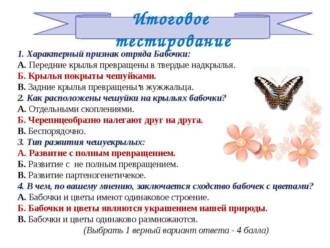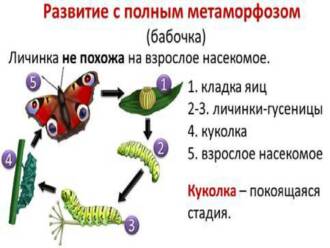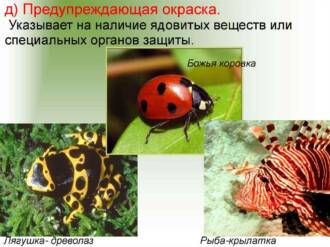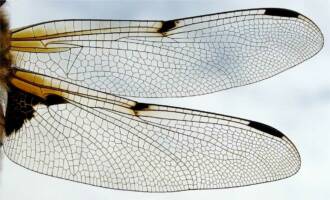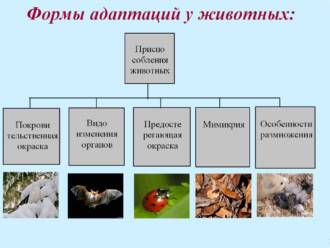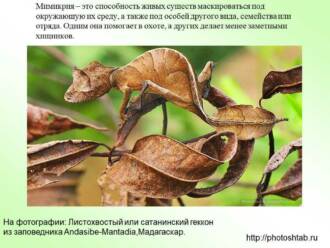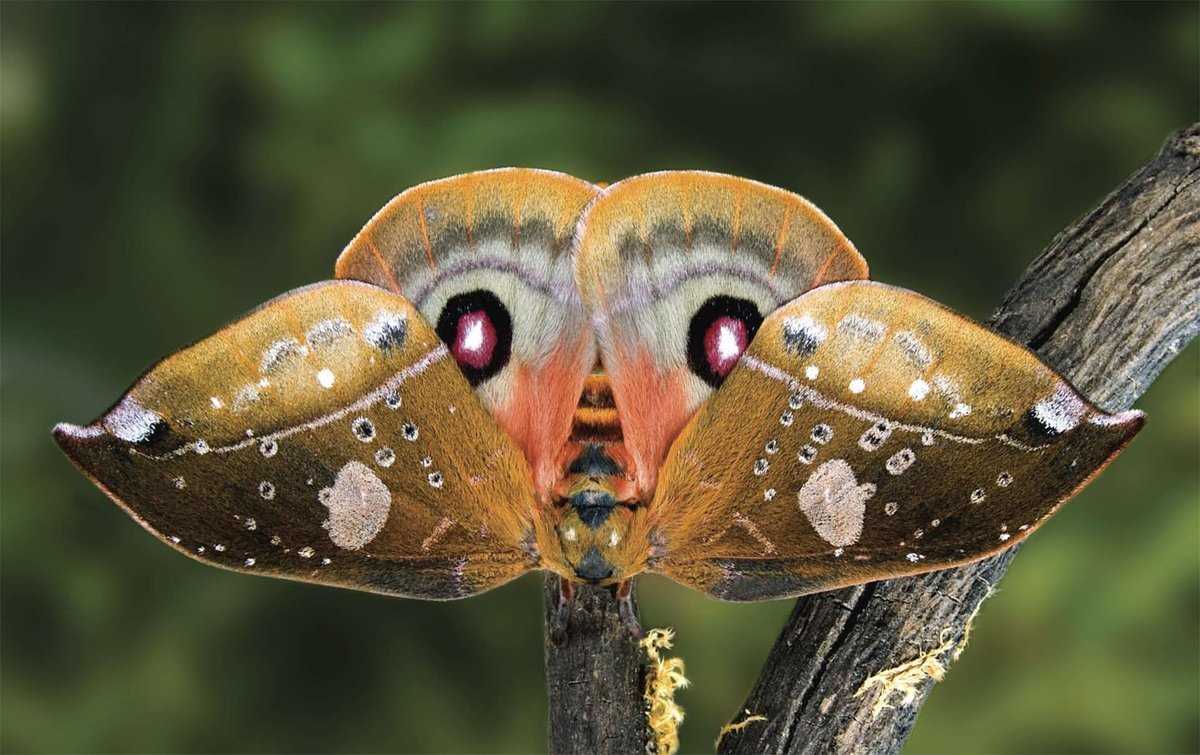
Butterflies are some of the most colorful and beautiful creatures on our planet. They are the object of admiration of scientists and nature lovers for their unique mechanisms of mimicry. Mimicry is an evolutionary adaptation that allows butterflies to protect themselves from predators by adopting the appearance or behavior of other dangerous or unpleasant species.
One of the best known forms of mimicry in butterflies is warning mimicry. Some species of butterflies are brightly colored with prominent black, white, and red stripes or spots. This serves as a signal to predators that these butterflies are poisonous or tasty. Even if the butterfly is not venomous, it can emit an odor that mimics that of poisonous butterflies to confuse predators.
Another form of mimicry in butterflies is environmental mimicry. Some species of butterflies have coloring and patterns that allow them to blend in with their surroundings, such as leaves or tree bark. This allows them to remain invisible to predators and easily hide from them. In addition, some butterflies may mimic the shape or color of other non-dangerous species to confuse predators and get away unnoticed.
History of mimicry in butterflies

Mimicry is an amazing mechanism that butterflies have developed over many thousands of years. It allows them to camouflage themselves and protect themselves from predators by imitating other dangerous or unpleasant species.
The history of mimicry in butterflies began many millions of years ago. In the evolutionary process, butterflies, faced with danger from predators, began to develop various defense mechanisms. One of the most effective methods was mimicry - the ability to imitate the appearance of other species that predators avoid.
One form of mimicry in butterflies is Mullerian mimicry. With this type of mimicry, butterflies imitate other species that have bright colors and a repulsive smell. Such butterflies become unappealing to predators, who learn to associate bright colors and smells with negative experiences and danger.
Another type of mimicry in butterflies is Batesian mimicry. In this case, butterflies mimic other species that are poisonous or dangerous to predators. Due to this, they also become unfit for food and avoid predation.
Mimicry in butterflies is not only a defense mechanism, but also a great example of evolution. It allows butterflies to survive in the face of constant threats and maintain their population. Thanks to mimicry, butterflies can become invisible to predators and continue their life cycle, delighting us with their beauty and diversity.
Origin and evolution of mechanisms

Mimicry mechanisms in butterflies are the result of a long evolutionary process that has allowed these insects to develop amazing predator-defense abilities. The origin of these mechanisms can be traced back to different groups of butterflies, where they have taken on a variety of shapes and colors for maximum efficiency.
One of the most common mimicry mechanisms in butterflies is to mimic other dangerous or distasteful species. Some butterflies can mimic the bright colors and patterns of poisonous or nasty insects to scare away predators. This mechanism has evolved to fool the eyes of predators and create the illusion of danger.
Another developed mechanism of mimicry is cryptic imitation of the environment. Some butterflies mimic the color and texture of leaves or tree bark to blend in with their surroundings. This mechanism allows butterflies to hide from the eyes of predators and increase their chances of survival.
The evolution of mimicry mechanisms in butterflies occurs under the influence of natural selection. Those individuals that have the most effective defense mechanisms are more likely to survive and pass on their genes to the next generations. Thus, over time, these mechanisms become more sophisticated and adapted to their environment.
It is interesting to note that mimicry mechanisms are not static and may continue to evolve. Butterflies can change their camouflage patterns and colors depending on environmental conditions and predator species. This allows them to always be one step ahead of their enemies and ensures their survival in the harsh natural world.
Variety of mimicry mechanisms
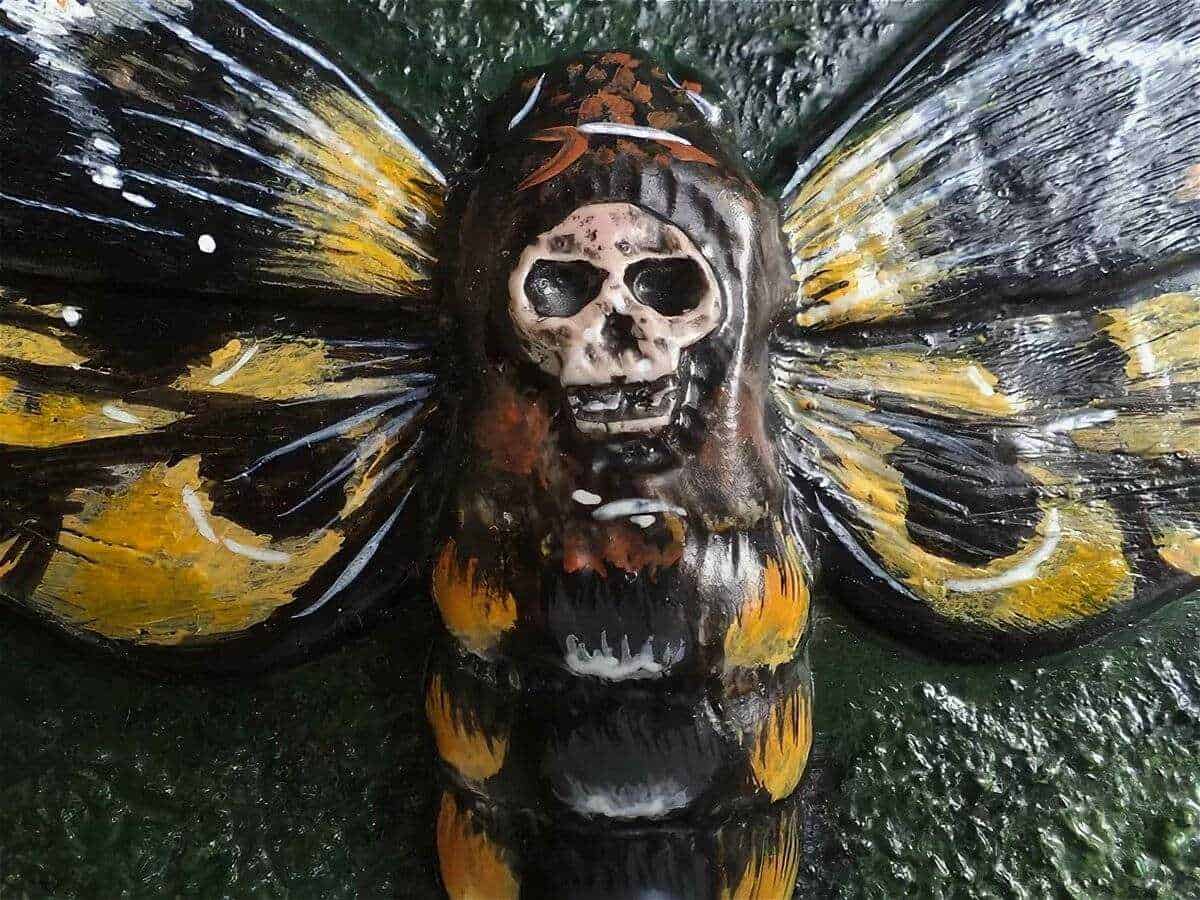
Butterflies are true masters of mimicry, their variety of predator defense mechanisms is impressive. One of the best known and most common mechanisms of mimicry in butterflies is to mimic other dangerous or indigestible species. This kind of mimicry is called Müllerian mimicry and makes the butterflies look like other dangerous or poisonous insects.
One of the forms of Müllerian mimicry is the imitation of poisonous butterflies of the Ifiomorpha family. Butterflies that mimic these dangerous species have bright colors and patterns on their wings that make them look like poisonous counterparts. Such mimicry allows butterflies to avoid the attack of predators, who over time have learned to associate bright colors with danger.
Another interesting mechanism of mimicry in butterflies is the imitation of the environment. Some species of butterflies have wings with patterns and colors that closely resemble the surrounding landscape, such as leaves, flowers, or tree bark. This allows the butterflies to blend in with their surroundings and remain undetected by predators.
It is also worth noting the mechanism of mimicry, when butterflies imitate other insects unlike themselves. For example, some species of butterflies have wings with patterns similar to the heads of snakes or the eyes of birds of prey. Such mimicry allows the butterfly to divert the attention of the predator and go unnoticed.
Mechanisms of mimicry in butterflies
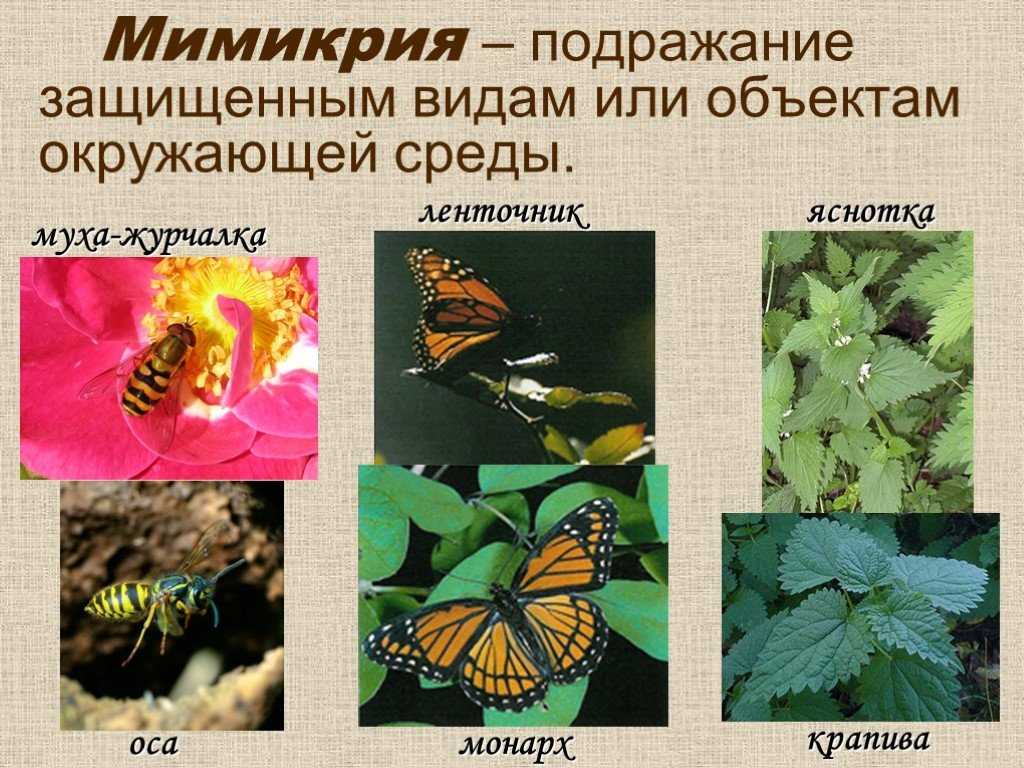
Butterflies have amazing mimicry mechanisms that help them protect themselves from predators. They use various tricks to appear dangerous or unpleasant to their enemies.
Disguise - one of the most common mechanisms of mimicry in butterflies. They are able to adjust their coloration to the environment in order to be invisible to predators. Some butterflies have an excellent ability to imitate the leaves or branches of the trees on which they sit. This helps them hide from enemies and go unnoticed.
Mimicry of harmful species is another mimicry mechanism used by butterflies. They can mimic the appearance of other species that are venomous or distasteful to predators. For example, some butterflies can imitate poisonous animals or imitate the coloration of dangerous insects. This makes predators think they are dangerous and inedible and scares them away.
optical illusions - another way of mimicry used by butterflies. They can have bright colors and patterns on their wings that create optical illusions. For example, some butterflies have eyes on their wings that resemble the eyes of predators. This makes predators think they have already been seen and scares them away from attacking.
Flirting is another interesting mimicry strategy in butterflies. They can make various movements to divert the attention of predators and confuse them. They may deviate from a direct flight path, change direction, or hide behind objects. This creates confusion for predators and allows the butterflies to escape from danger.
cryptic mimicry
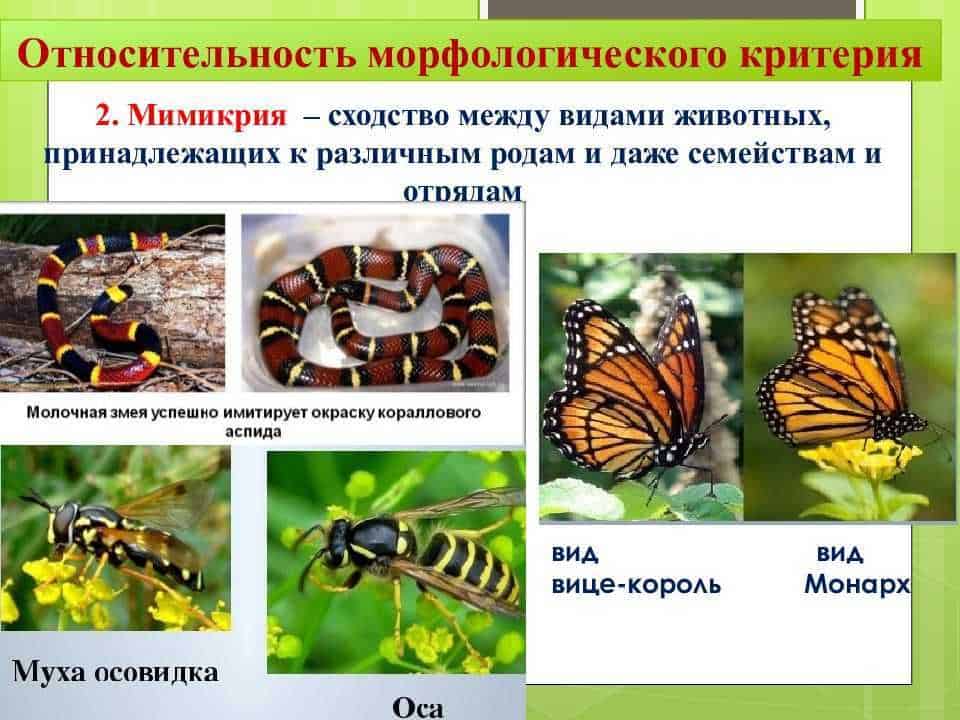
Cryptic mimicry is one of the most amazing strategies that some butterfly species use to protect themselves from predators. It involves the ability of butterflies to adopt a shape or color that blends in with their surroundings, making them nearly invisible to their enemies.
Cryptal mimicry allows butterflies to effectively hide from predators such as birds or lizards that prey on them. They can take on the color and texture of surrounding vegetation, allowing them to blend into the background and become indistinguishable. Thus, predators cannot spot the butterflies and do not see them as potential prey.
Surprisingly, some species of butterflies can change their color depending on the season or habitat. For example, they may become lighter in summer to match the lighter shades of foliage, or darker in winter to hide on dark tree branches.
Cryptal mimicry is an amazing example of evolutionary adaptation that allows butterflies to survive and maintain their populations. Through this mimicry strategy, they are able to avoid danger and remain undetected in their habitat.
In conclusion, cryptic mimicry is an amazing mechanism that helps butterflies survive and defend themselves against predators. It allows them to merge with the environment, becoming invisible and indistinguishable. This mechanism is an important element of their survival and evolution.
Mimicry of apposition

Appositional mimicry is a type of mimicry used by some butterflies to protect themselves from predators. It involves the butterfly adopting a pose or movement that resembles the characteristics of dangerous or disgusting creatures. This strategy allows the butterfly to avoid attacks by predators that fear or avoid these dangerous creatures.
Some butterflies that use apposition mimicry can, after opening their wings, assume a pose resembling the eyes or mouth of a carnivorous animal. This creates the illusion of danger and scares a potential predator. This mimicry mechanism is especially effective if the butterfly has bright colors and contrasting patterns on its wings that attract the attention of predators.
Apposition mimicry can also be associated with the movements and behavior of the butterfly. Some types of butterflies can imitate the movements of dangerous animals such as snakes or birds of prey. They may make sudden movements, jumps or rapid flights to give the impression of danger and scare away predators.
mimicry müllerian
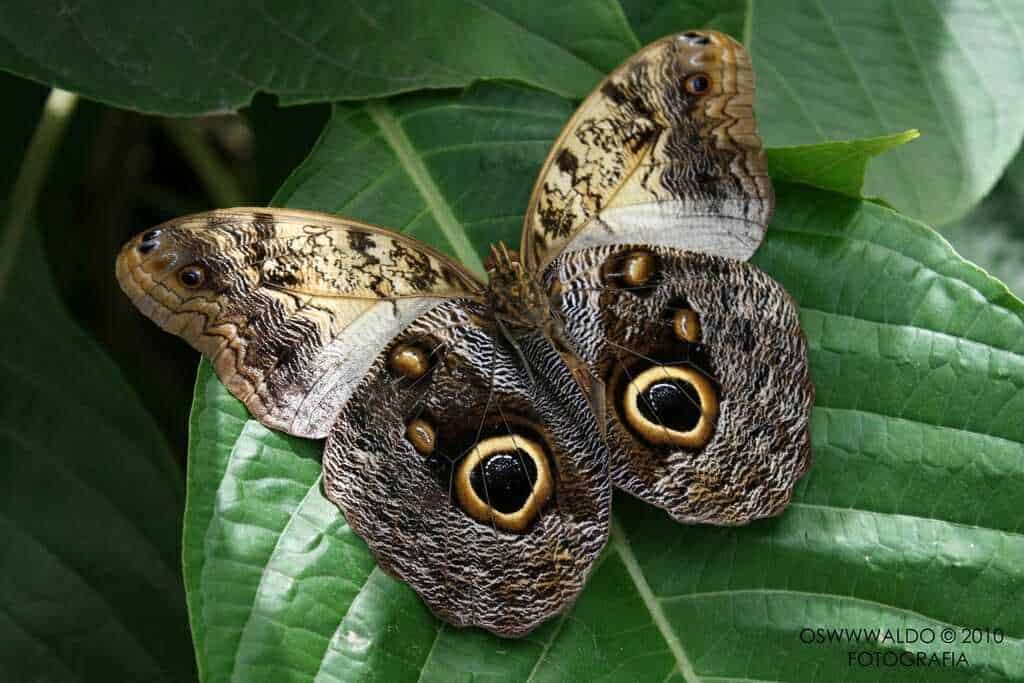
Mullerian mimicry is a phenomenon in which several species of butterflies have a similar appearance, which serves as a defense against predators. Due to this mimicry, different species of butterflies can use the same bright colors and patterns on the wings, which allows them to signal to predators that they are poisonous or unacceptable for consumption. Thus, Mullerian mimicry contributes to the protection not only of each individual species, but of the entire group of butterflies as a whole.
One example of Mullerian mimicry is the group of butterflies known as caterpillar hawks. These butterflies have a bright and contrasting color that warns predators of the presence of toxic substances in their bodies. Due to their appearance, caterpillar hawks can look very similar to other poisonous butterflies, which creates additional confusion for predators and makes them avoid these dangerous species.
An important aspect of Mullerian mimicry is that it requires several species of butterflies with similar traits to be effective. The more species that participate in mimicry, the more difficult it will be for predators to distinguish real from imitators. This co-evolution helps each butterfly species to be more successful in defending itself against predators and maintaining its population.

